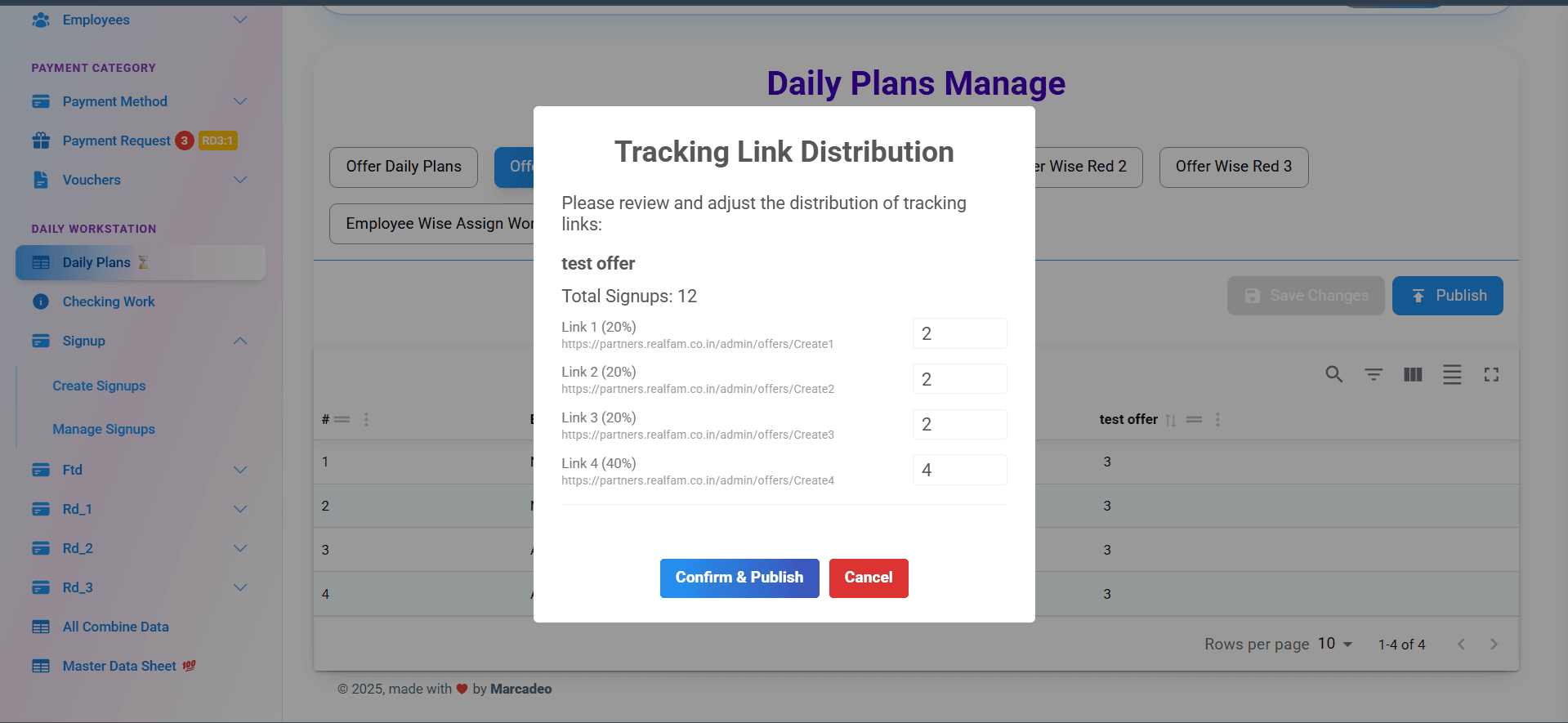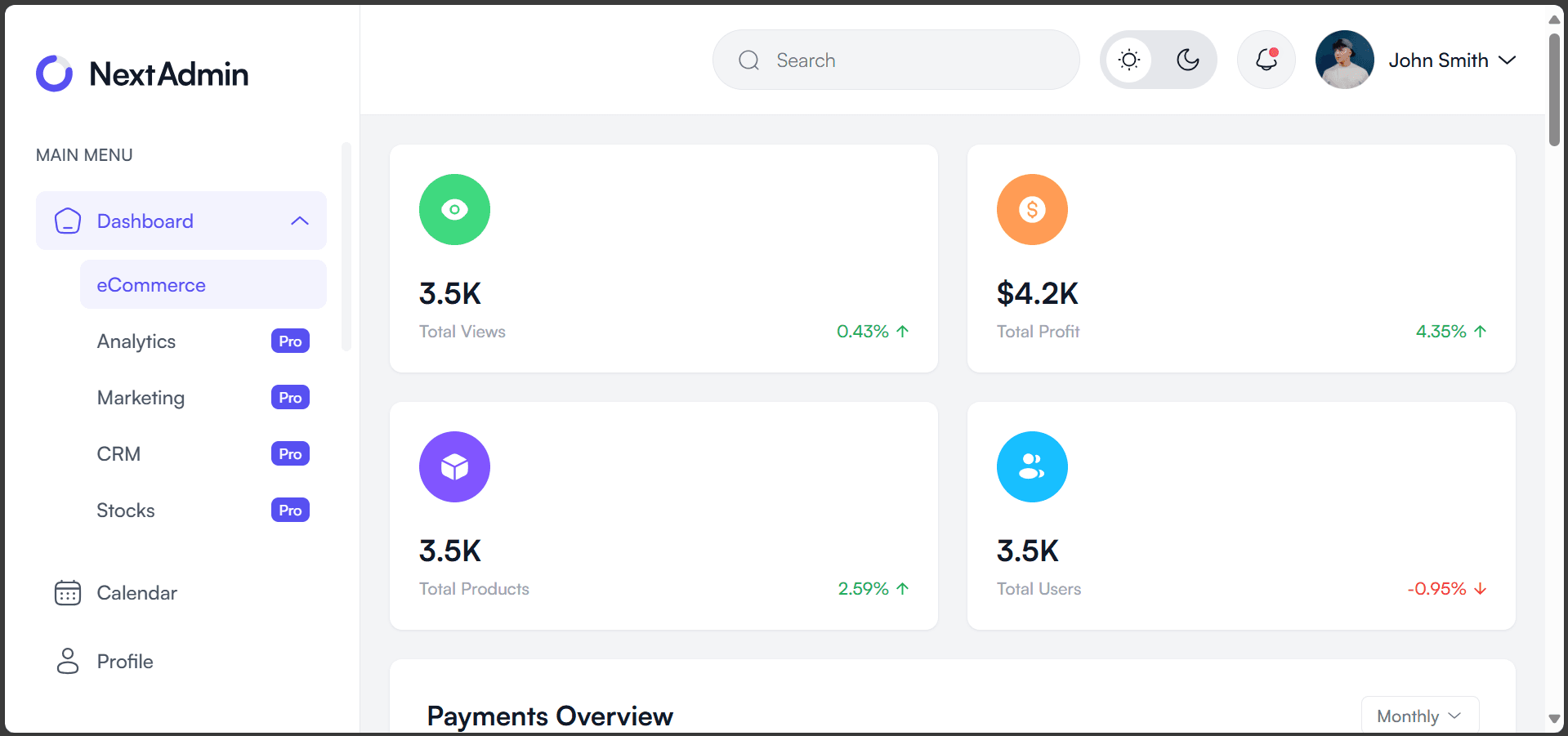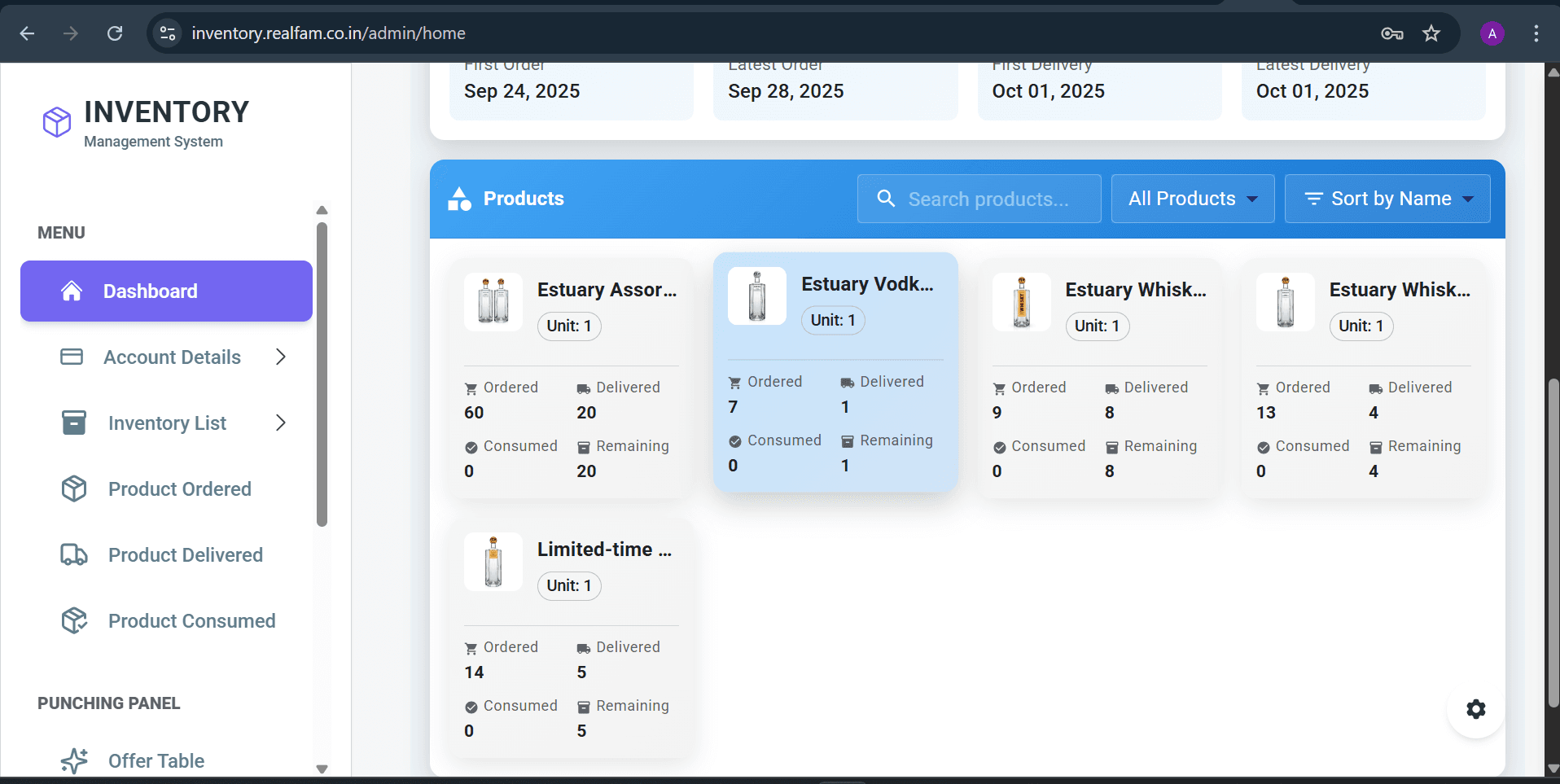How I designed an automated task distribution algorithm for a gaming tracking platform that monitors FTD, RD1, RD2 metrics and improves team productivity.
The Problem
A gaming analytics company needed to track player metrics (First Time Deposit, Retention Day 1, Retention Day 2) across thousands of players. Manual task assignment was inefficient and led to uneven workloads.
The Solution
I built an automated task distribution system that intelligently assigns players to analysts based on workload, expertise, and availability.
Smart Algorithm Design
The distribution algorithm considers:
- Current Workload: Number of active assignments per analyst
- Skill Level: Match complex cases to experienced analysts
- Availability: Time zone and working hours
- Performance History: Track completion rates and accuracy
Technical Implementation
Backend Architecture
Built with Node.js and MongoDB, the system includes:
- Cron jobs for automatic task generation
- Load balancing algorithm with priority queuing
- Real-time dashboard updates using WebSockets
- Performance metrics tracking
Gaming Metrics Tracking
FTD (First Time Deposit): Monitors when players make their first deposit, triggering follow-up workflows.
RD1/RD2 (Retention Days): Tracks player return rates on days 1 and 2, identifying engagement patterns.
Features
- Automatic player assignment based on engagement level
- Real-time workload balancing across team members
- Performance dashboards for managers
- Escalation system for high-value players
- Historical analytics for optimization
Results
Task distribution time reduced from 2 hours daily to fully automated. Team productivity increased by 40% with more balanced workloads. Player engagement tracking accuracy improved by 35%.
Lessons Learned
Automation isn't just about replacing manual work—it's about optimizing entire workflows. The key was making the algorithm transparent so analysts understood and trusted the assignments.



